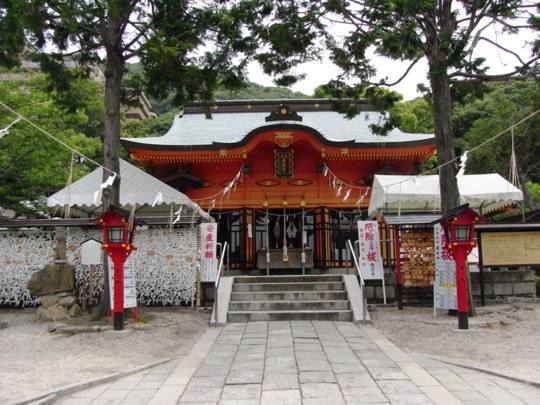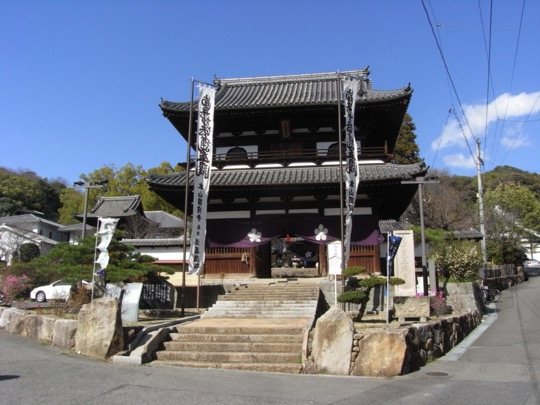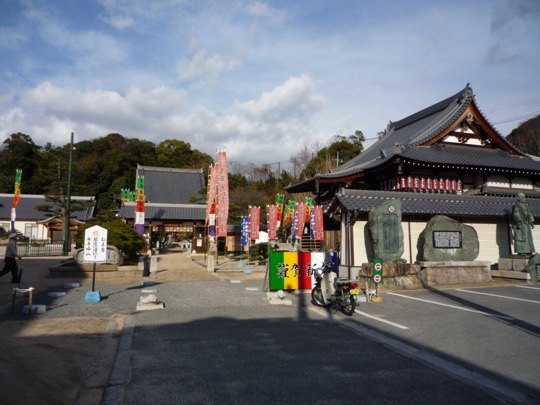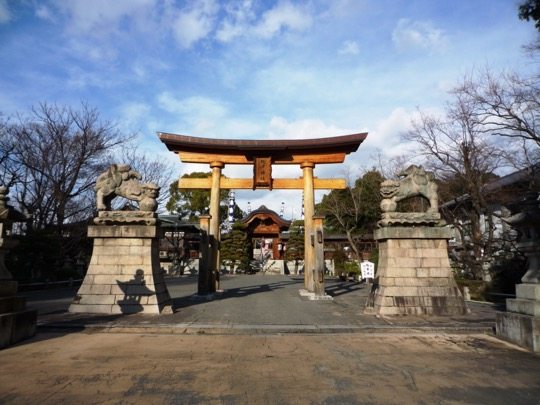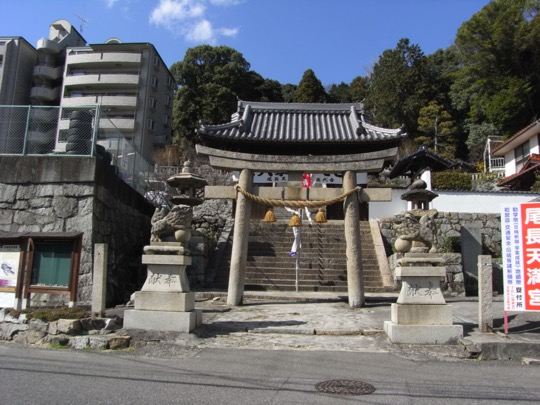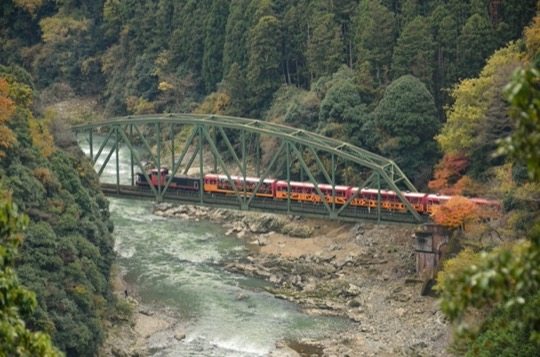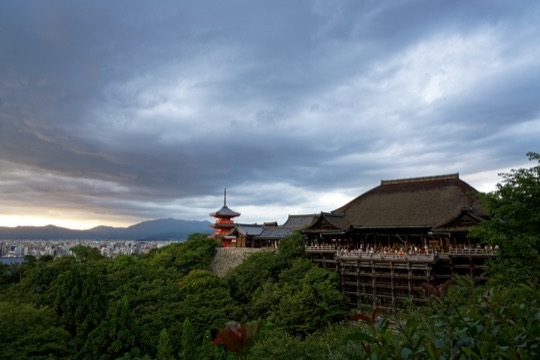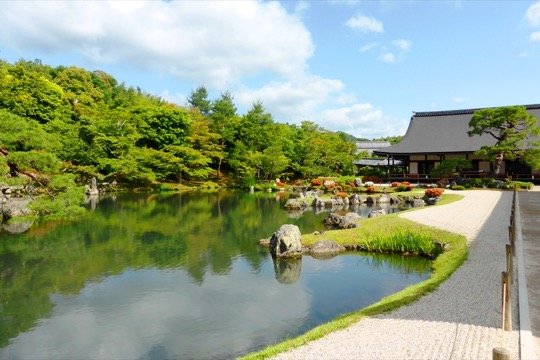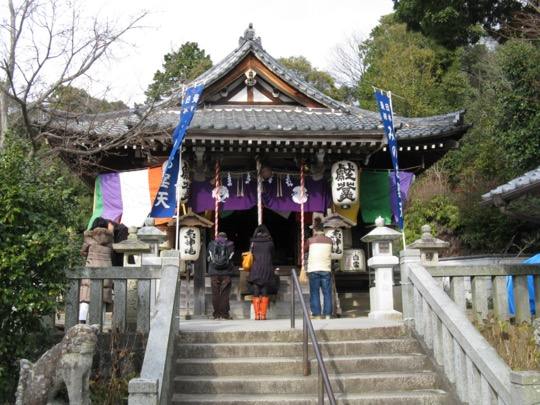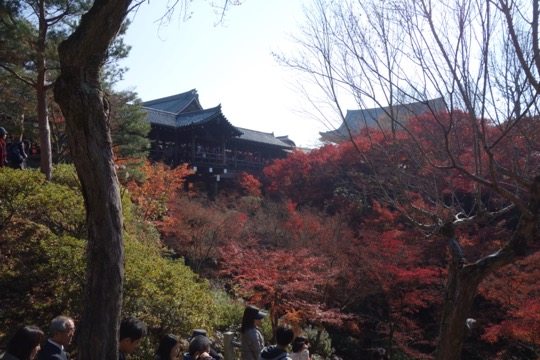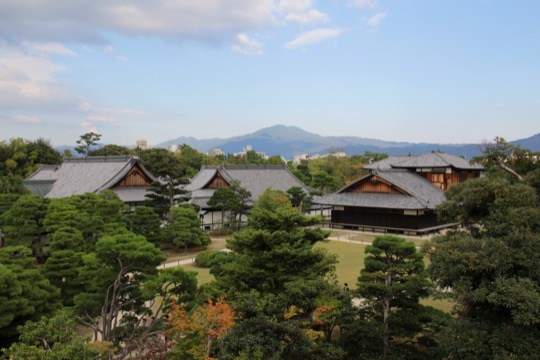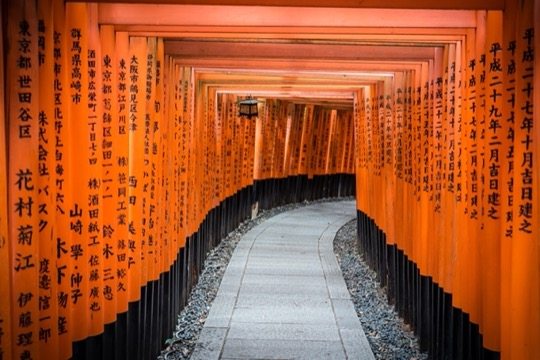Ikari Shrine
A historical shrine dedicated to a notable Edo period lord and a sea deity, surrounded by Hiroshima’s cherry blossoms.

On This Page
Ikari Shrine is an important symbol of Hiroshima’s spiritual history, established to honor the Edo period figure Maeda Toshitsune. Featuring historical architecture and traditional festivals, the shrine offers a peaceful insight into Japan’s feudal era.
Ikari Shrine, known as Ikari-jinja, is a significant site in Hiroshima with a storied past. Founded to venerate Maeda Toshitsune, a significant feudal lord from the Edo period (1603-1868), the shrine still celebrates his contributions to the region’s prosperity and safety. The name “Ikari,” meaning “anchor,” reflects its connection to the sea deity Owatsumi and the maritime heritage of the area.
The shrine boasts a beautiful main hall and a striking torii gate, which have been reconstructed to reflect traditional aesthetics. The grounds also feature a number of historical statues, including a stone komainu guardian lion-dog from the 1800s, which has withstood the atomic bombing.
Surrounding the shrine are cherry trees and other resilient flora that enhance its beauty, particularly during the cherry blossom season when the shrine hosts evening illumination events. Through its connection to nature, Ikari Shrine stands as a symbol of renewal.
As a cultural hub, Ikari Shrine’s annual festival occurs in October, featuring traditional performances and local culinary offerings. The shrine also plays an integral role in the Futabanosato Historical Walking Trail, showcasing the region’s rich history.
Highlighting cultural practices, Ikari Shrine’s autumn festival includes kagura dance performances, a form of Shinto ritual dance. These events offer insight into Japanese performing arts and traditions.
Providing a quiet contrast to the busy city, the shrine is a place for reflection and spiritual connection. With historical markers and features like an old water pump, visitors can touch the past while the shrine itself remains an inviting space for contemplation and community events.
Overall, Ikari Shrine is a nexus of history, culture, and beauty, inviting appreciation for Japan’s enduring legacy. Visitors are welcomed to explore, engage with the celebrations, and enjoy the tranquil environment it offers.
Official Links
Getting There the easiest way to reach Ikari Shrine
Around Ikari Shrine
Nearby in Hiroshima the best attractions close to Ikari Shrine
Anrakuji Temple
Survivor of Hiroshima’s darkest day, home to a centuries-old ginkgo sentinel
Fudoin Temple
Historic Shingon Buddhist temple in Hiroshima with deep cultural ties
Hiroshima Toshogu Shrine
Enshrining Tokugawa Ieyasu, the founder of the Tokugawa shogunate
Kokuzenji Temple
A sanctuary with a rich past and cultural treasures
Myojoin Temple
A site of heritage, featuring the Akou gishi statues and a historic ginkgo tree.
Nigitsu Shrine
Honoring Hiroshima’s Founding Lords: The Asano Clan and Their Enduring Legacy
Onaga Tenmangu Shrine
A beacon of cultural devotion surviving since 1640.
Tsuruhane Shrine
A historic sanctuary dating back to 1190 with a rich tapestry of cultural heritage.
Yatsurugi Shrine
17th-century shrine with a unique flood-prevention legend involving eight swords


